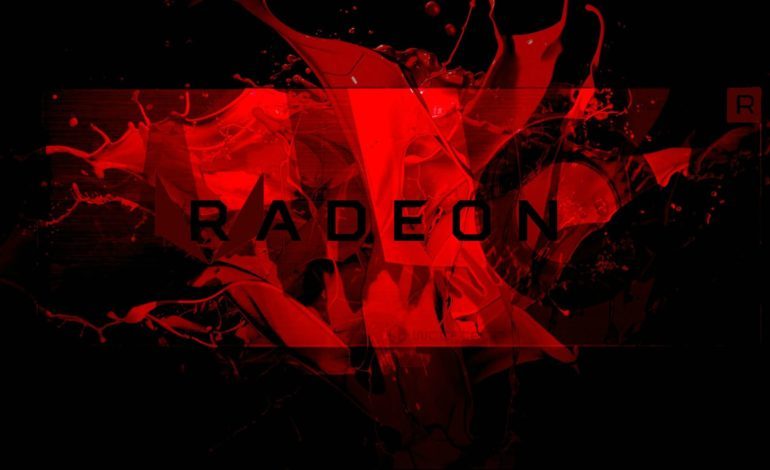

In a blog post AMD announced that they have partnered with Microsoft to fully support DirectX Ultimate on its next-generation RDNA 2 architecture. The architecture will be at the center of the next-generation Radeon graphic cards and the Xbox Series X. AMD strives to achieve a new level of photorealism and gaming smoothness. AMD plans to use the four pillars of DirectX Ultimate, DirectX Raytracing (DXR), Variable Rate Shading (VRS), Mesh Shaders, and Sampler Feedback, to achieve this goal.
AMD utilizing DXR and thus bringing raytracing to their graphics cards will give them a competitive edge against other graphic card makers such as Nvidia. Raytracing simulates thousands of light rays emitting from a light source and how those light rays would interact in the environment casting shadows or reflecting off of surfaces. While reflections and shadows are not new to games, raytracing allows for these features while sustaining a dynamic environment. Often shadows are a part of baked lighting or a lightmap. Meaning that lights or objects that have shadows are static and cannot move or have scripted movement. As raytracing simulates the light rays, light sources and objects can move in unpredictable paths while still having accurate shadows or reflections. Raytracing has been cornered by Nvidia and their RTX line of graphic cards, as well the older GTX line of cards support raytracing but at a lower ray count. Nvidia’s cards often suffer a hit to performance while using raytracing with only the RTX 2080 Super and 2080ti having 60fps or higher while using raytracing.
AMD is supplying the CPUs and graphic cards for both PlayStation 5 and Xbox Series X in which both consoles will be able to support raytracing, a first for consoles. The next-generation consoles are benefiting from a large leap in hardware and aim to support raytracing at 60fps at 4k resolution. AMD was planning to reveal their next-generation Radeon graphic card generation with the RDNA 2 architecture at Graphic Technology Conference, which has been canceled. The graphic cards are most likely to be officially revealed when Nvidia reveals their Ampere line of graphic cards. Details on Ampere are limited but the next generation consoles may give an idea of what to expect from the next generation Radeon cards.
Play games, take surveys and take advantage of special offers to help support mxdwn. Every dollar helps keep the content you love coming every single day.
